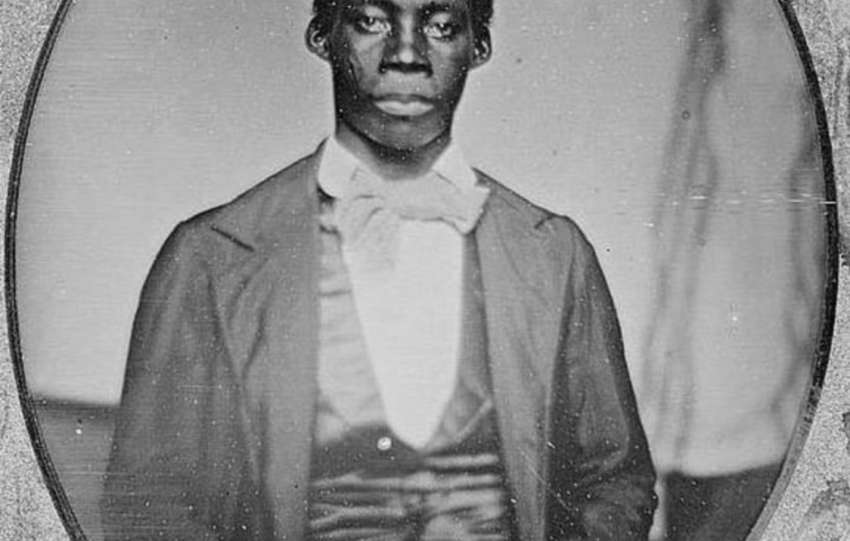
The stretch of coastline along the Bight of Benin, encompassing parts of modern Ghana, Togo, Benin, and Nigeria earned the grim moniker the “Slave Coast” during the height of the Transatlantic Slave Trade. This region was unique in its organized, centralized involvement in the trade, where powerful West African kingdoms, particularly Dahomey and the Oyo Empire, leveraged the European demand for labor to transform their political, military, and economic structures. The history of this coast is defined by the symbiotic, destructive relationship that developed between African and European slavers. The name itself reflects the region’s intense and continuous involvement in the export of millions of captives to the Americas over three centuries. The Slave Coast became one of the most prolific sources of captives in the Atlantic world. Unlike other regions, where trade was often scattered, this coast featured highly concentrated points of European activity.

Key ports and hubs included:
Whydah (Ouidah) which was Located in the Kingdom of Hueda (later conquered by Dahomey), Whydah became the primary port of export for the Dahomeyan kingdom. It was a bustling, complex marketplace where European factors (agents) from the British, French, Portuguese, and Dutch companies maintained forts and traded directly with Dahomeyan officials. Badagry and Lagos were further east, these ports were crucial export points, particularly for captives supplied by the massive military machine of the Oyo Empire. The trade was vast; for 366 years, European slavers loaded approximately 12.5 million Africans onto Atlantic slave ships, with the majority coming from West and Central Africa. The massive scale of the slave trade fundamentally altered the economic landscape of both Africa and Europe. For African kingdoms, the trade created an “archaic economy” driven by the exchange of human beings for material goods. European merchants supplied African traders with specific commodities in exchange for captives:
Firearms and Gunpowder: These were the most crucial imports, essential for the constant warfare required to acquire new captives, creating a deadly cycle of dependency on European technology, forcing African states to continually seek captives to trade for the military technology needed to survive.
Cowrie Shells: Imported from the Indian Ocean, these shells served as the official currency in Dahomey and other kingdoms, symbolizing both wealth and the kingdom’s connection to global trade networks.
Textiles, Iron Bars, and alcohol: These goods were highly prized and became indicators of status and power within the African royal courts. The acquisition and distribution of these goods solidified the wealth and prestige of the ruling elites.
Transformation of African Political and Military Structures
The kingdoms of the Slave Coast, particularly Dahomey, evolved into highly centralized, militaristic states optimized for constant warfare and captive procurement.

To maintain their supply of captives and the flow of European goods, Dahomey formalized annual military campaigns known as the Hwetu (or “annual hunt”). This perpetual state of conflict had two primary outcomes:
Centralized Authority: The King maintained absolute control by commanding the source of the kingdom’s wealth (captives), bypassing the authority of local chiefs. The constant need for firearms and ammunition cemented the king’s role as the central distributor of essential military resources.
The Rise of the Amazons (Mino): Dahomey’s female warrior corps, the Mino, were a unique manifestation of this militarization. They were recruited by the King for life, lived in the royal palace, and proved to be fierce fighters, further solidifying the King’s military power.
The entire state apparatus, including the Annual Customs (Xwetanu), was geared towards maintaining the supply of captives needed for sacrifice (ancestral messengers) and sale (economic prosperity), fusing religion, politics, and trade into a unified, brutal system.
European records of the Slave Coast were often biased, focusing heavily on the scale of human sacrifice in the Annual Customs, a practice intended by Dahomey’s kings to send “messengers” to the royal ancestors to justify foreign intervention.
However, scholars like Melville J. Herskovits argue that the European emphasis on “savagery” often skewed the interpretation of complex religious and political rituals. The real legacy of the Slave Coast is the profound, irreversible impact of the trade; it enriched European and American economies while simultaneously fostering the rise of highly organized, destructive African empires whose primary economic output was the suffering and dislocation of millions.
References.
- Alpern, S. B. (1998). Amazons of Black Sparta: The women warriors of Dahomey. New York University Press.
- Boston University African Studies Center. (n.d.). A bibliography of materials on the history of West Africa during the Cold War. Boston University.
- Herskovits, M. J. (1938). Dahomey, An Ancient West African Kingdom. J. J. Augustin.
- Law, R. (1991). The Slave Coast of West Africa, 1550–1750: The impact of the Atlantic Slave Trade on an African society. Clarendon Press.
- Study of military and political structures in West Africa: 17th–19th centuries. (n.d.). Defense Technical Information Center.
- The Colonial Williamsburg Foundation. (n.d.). Transatlantic Slave Trade. Slavery and Remembrance.

